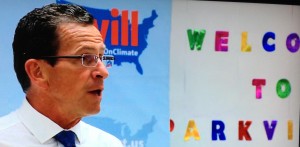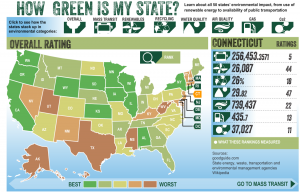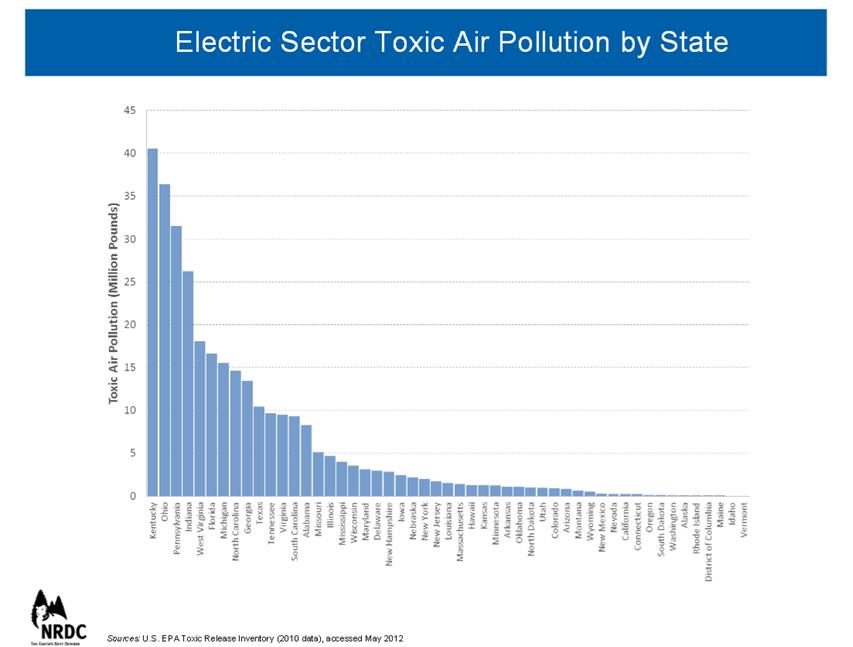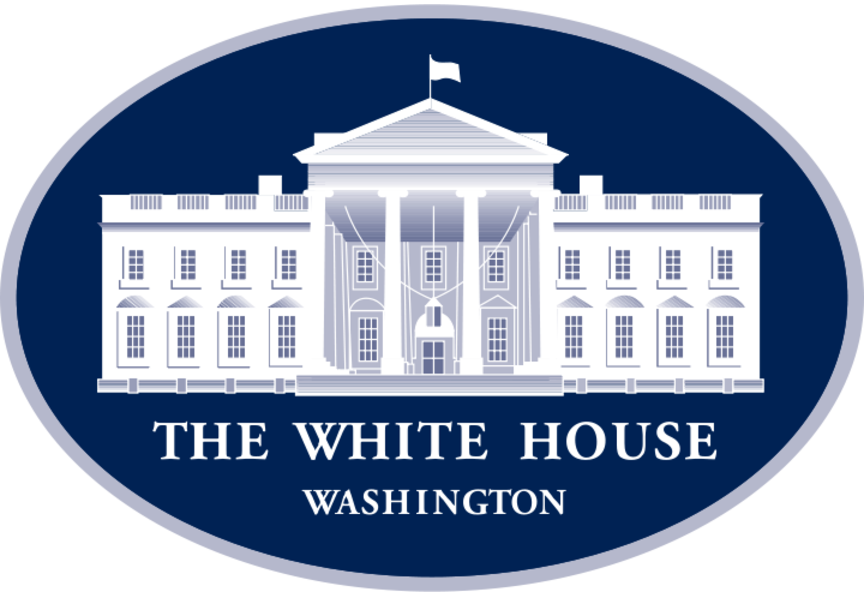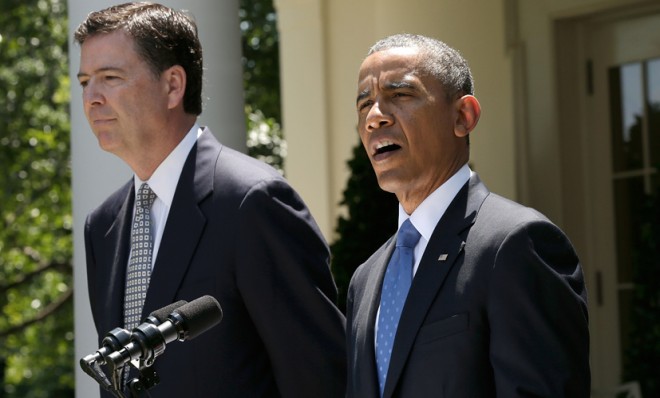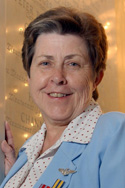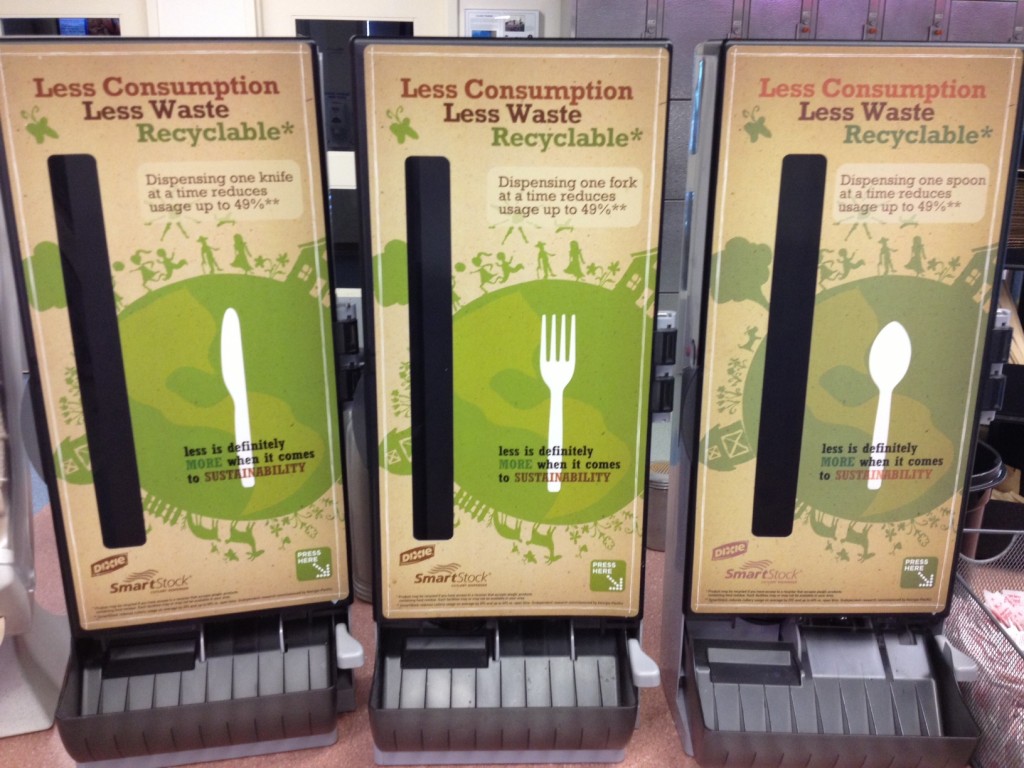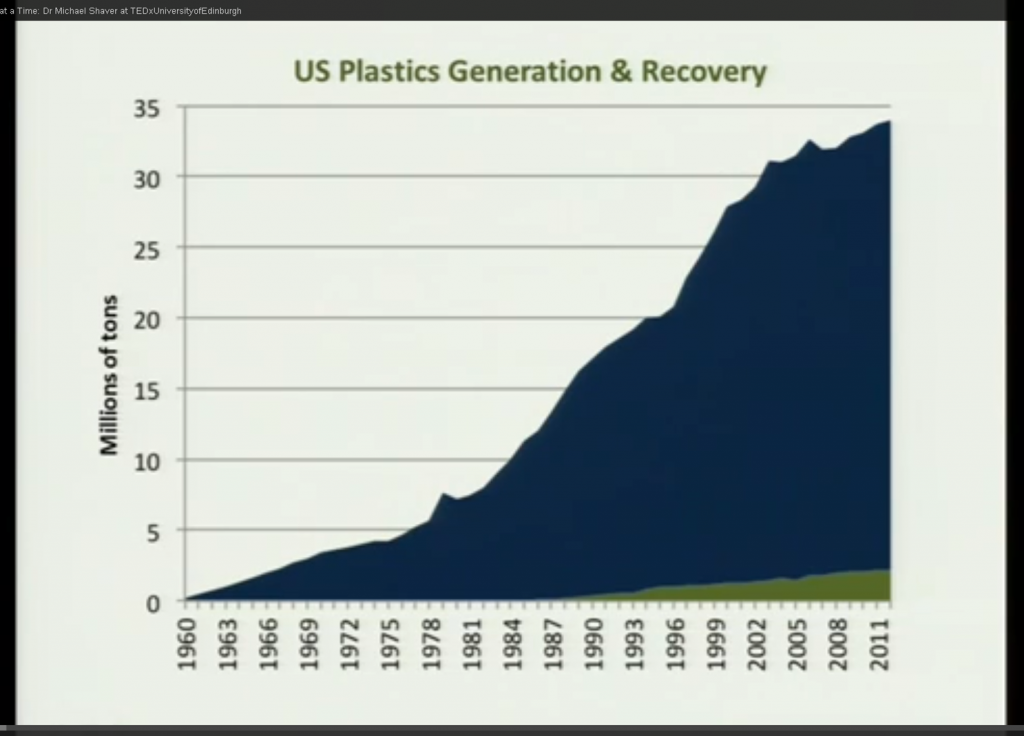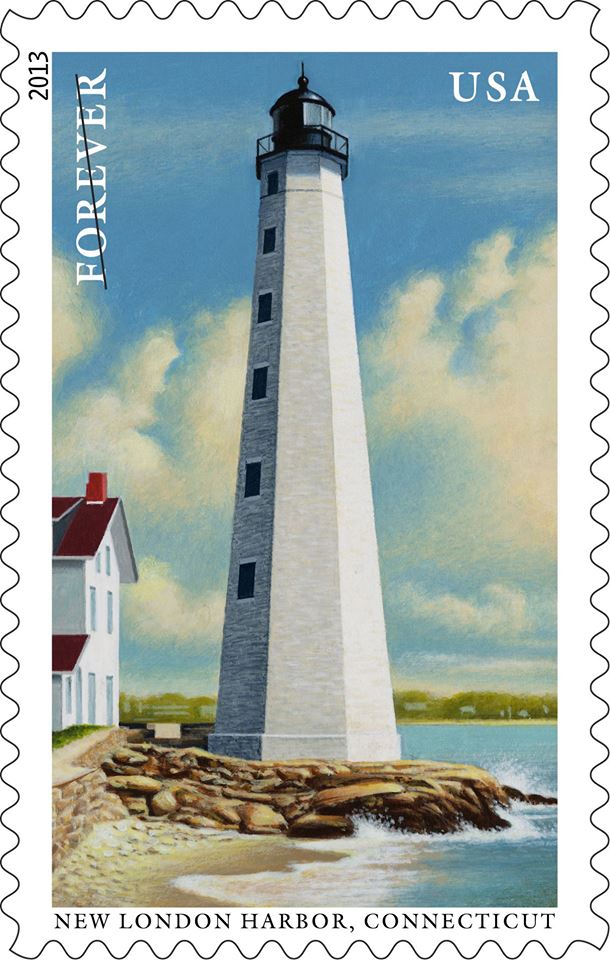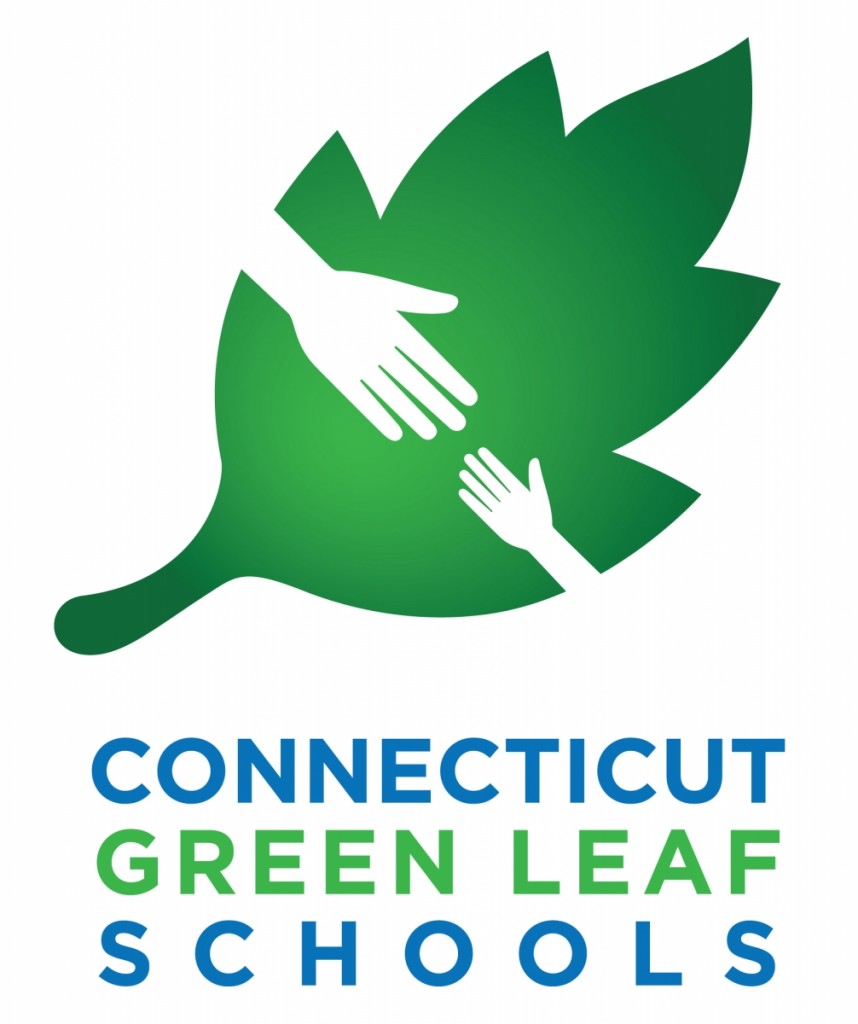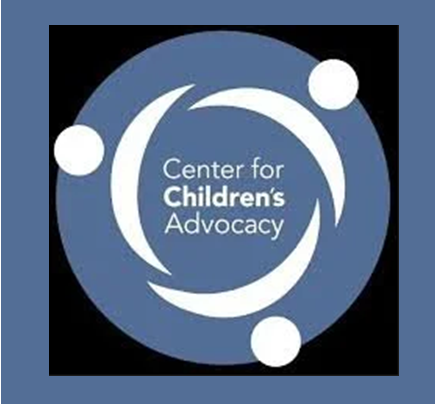Big Trash Pick-Up: Volunteers to Clean Connecticut's Shoreline
/
A year ago, 2,450 volunteers in Connecticut removed 16,310 pounds of trash from Long Island Sound’s shoreline and Connecticut waterways. This weekend, the effort continues, as bird watchers, fishermen, sailors, scuba divers, students, citizen groups and businesses will be cleaning up trash from Connecticut’s beaches, islands, and rivers as part of the International Coastal Cleanup (ICC).
Save the Sound, the Connecticut coordinator for the ICC for the past 11 years, has worked with cleanup captains to organize public clean-ups at 25 locations across the state this weekend. (See partial list below.) The cleanups will continue throughout September and October. Interested voluntee rs should check the calendar for listings of clean-ups and to register.
rs should check the calendar for listings of clean-ups and to register.
ICC, created by the Ocean Conservancy, is now in its 28th year and has participation in all 55 U.S. states and territories and 100 countries around the world. It is a unique event in that volunteers tally up all garbage they pick up on data cards, which are sent to Ocean Conservancy for analysis. They use the information to track trends in marine debris and help stop it at its source. Last year, more than 550,000 people picked up more than 10 million pounds of trash along nearly 20,000 miles of coastline worldwide.
Bank of America is Lead Sponsor of Save the Sound’s ICC Cleanups in Connecticut, and employees from the company are leading and participating in a cleanup at Jennings Beach in Fairfield on Saturday, as well as co-leading a cleanup with the New Haven Rotary club at Lighthouse Point Park.
Working in both New York and Connecticut, Save the Sound has established a 40-year track record of restoring and protecting the waters and shorelines of the Sound. A program of Connecticut Fund for the Environment, Save the Sound recently received a $50,000 grant from the Fairfield County Community Foundation to support its green infrastructure work in partnership with the City of Bridgeport and the Bridgeport Water Pollution Control Authority. The grant will further Save the Sound's efforts to work with towns to implement innovative installations that act like sponges to absorb and filter stormwater runoff, thereby reducing flooding and improving the water quality of Long Island Sound.
For a complete list of the over 43 ICC cleanups happening in Connecticut throughout September and October, please visit http://www.ctenvironment.org/ge t-involved/calendar.cfm. A Facebook page has additional information.
t-involved/calendar.cfm. A Facebook page has additional information.
Saturday, September 21
NEW HAVEN, 9:00 AM – 12:00 PM
Bank of America, New Haven Rotary Club, and Save the Sound executive director Curt Johnson at Lighthouse Point Park.
FAIRFIELD, 9:00 AM – 12:00 PM
Bank of America cleanup at Jennings Beach.
NEW LONDON,10:00 AM – 11:30 AM
Local citizen cleanups at Ocean Beach and Alewife Cove Tidal Creek.
Sunday, September 22
WESTPORT, 11:00 AM – 12:00 PM, 11:00 AM – 2:00 PM
Friends of Sherwood Island State Park and National Charity League of Ridgefield will hold cleanups at Sherwood Island.
MILFORD, 4:00 PM – 5:30 PM
The Boy Scouts will hold two cleanups at Audubon Coastal Center and Gulf Beach.


